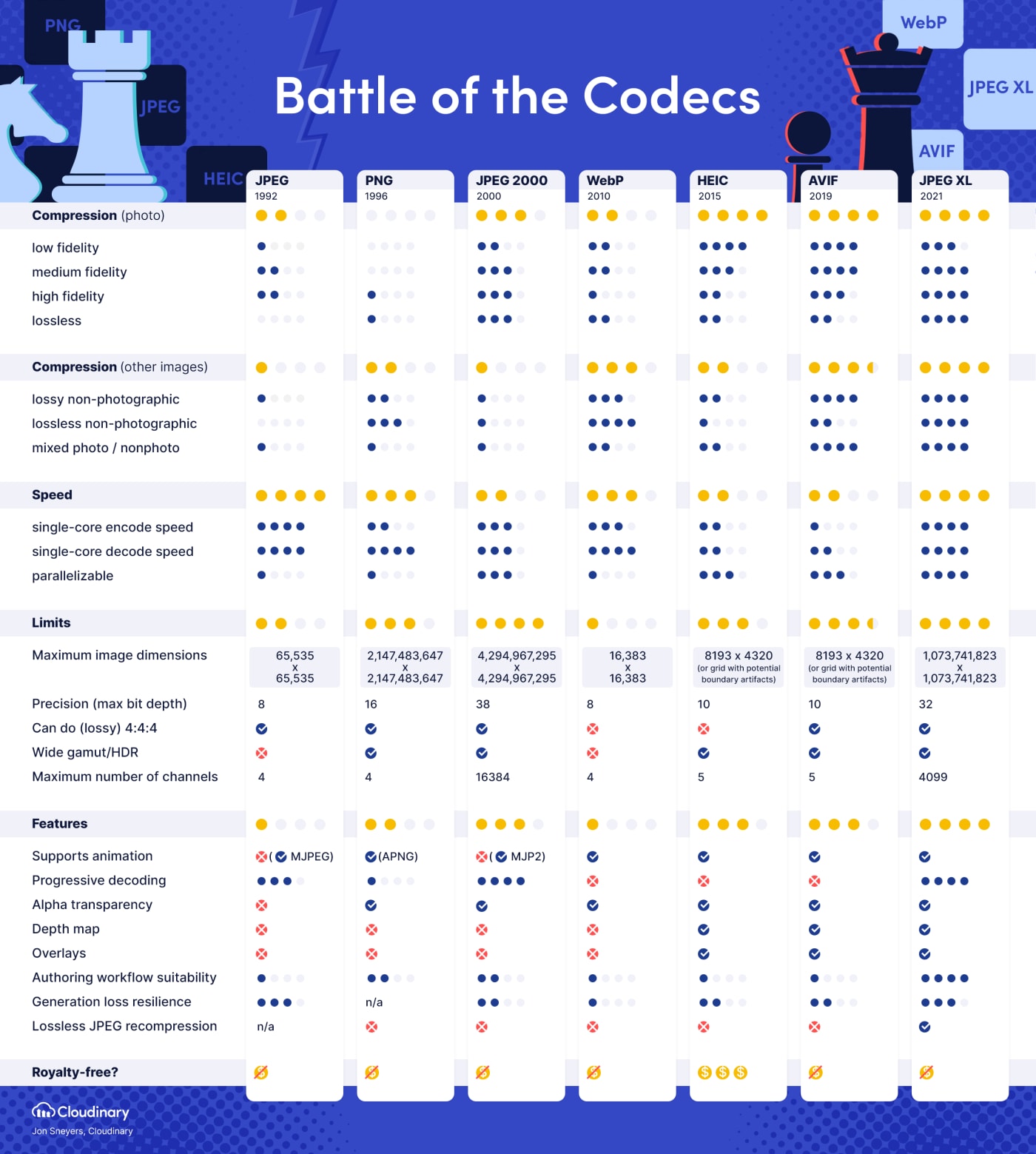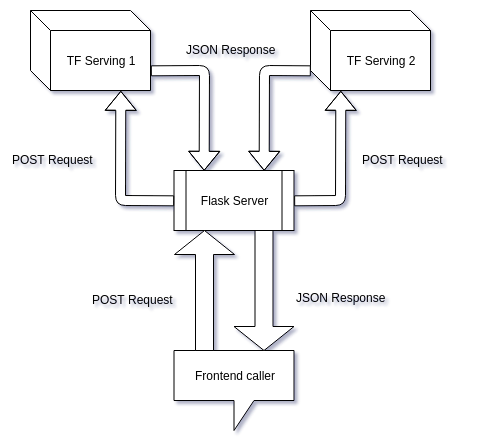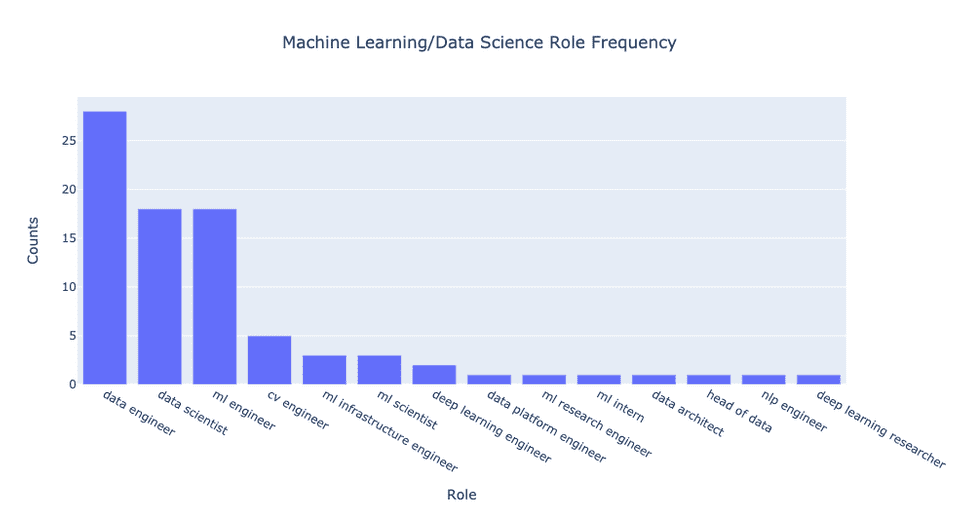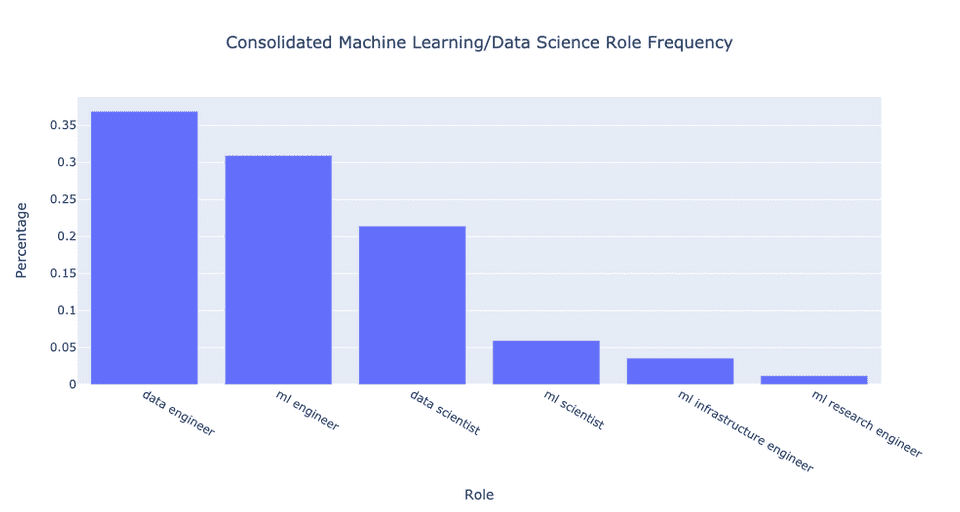To address this problem, I offer git undo, part of the git-branchless suite of tools. To my knowledge, this is the most capable undo tool currently available for Git. For example, it can undo bad merges and rebases with ease, and there are even some rare operations that git undo can undo which can’t be undone with git reflog.
You can use git undo through git-brancheless.
There's also GitUp, but only for macOS











 consolidated:
consolidated:
